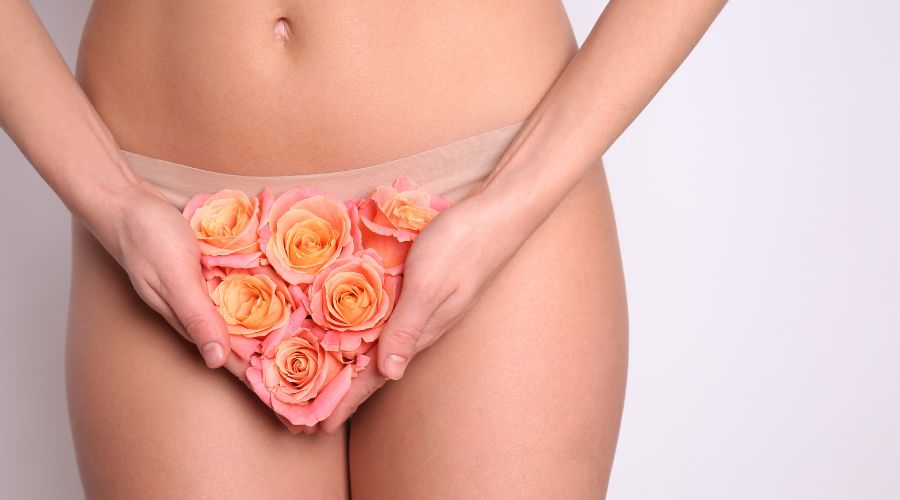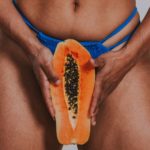Labiaplasty is a surgical procedure that is performed to reshape and rejuvenate the labia minora or majora, addressing concerns related to size, symmetry, discomfort, or aesthetic appearance. While the decision to undergo labiaplasty due to medical or cosmetic reasons is deeply personal, understanding the recovery process is essential for a smooth and successful outcome.
In this article, we will outline what to expect during the recovery period after labiaplasty and provide an overview of the typical labiaplasty recovery timeline, as well as helpful tips for a comfortable and healthy healing process.
General Information About Labiaplasty And Recovery
After labiaplasty surgery, it is common to experience some discomfort, swelling, and bruising in the genital area. Your surgeon will provide specific instructions on wound care, pain management, and activity restrictions. It is crucial to follow these instructions diligently to optimize healing and minimize complications.
- Managing Discomfort
- Swelling and bruising are common after labiaplasty surgery and typically subside gradually over time. Pain and discomfort can be managed with prescribed pain medication and over-the-counter pain relievers as directed by your surgeon. Applying ice packs or cold compresses to the area can help reduce swelling and provide relief. Wearing loose, breathable underwear and clothing during the recovery period is advisable to minimize friction and promote comfort.
- Wound Care and Hygiene
- Keeping the surgical site clean and free from infection is essential for optimal healing. Your surgeon will provide instructions on how to properly clean and care for your genital area as it heals. A spray bottle with water can help keep the area clean after urinating, followed by gently patting the area dry with clean, soft toilet tissue. Some other aftercare tips you should keep in mind include:
- Until you are cleared by your surgeon, you will have to avoid swimming, saunas, bathing, or being immersed in any type of water;
- You can take showers with warm water; however, avoid the use of perfumed soaps, exfoliating scrubs, or body washes. Carefully pat the surgical area dry when exiting the shower;
- Make sure to wear breathable undergarments (such as 100% cotton) that will help promote air circulation and will not cause irritation. Be mindful to change them often to avoid introducing bacteria into the wound and risking infection;
- You will need to avoid any type of strenuous activity to ensure you do not damage or open your incisions.
- Itching
- It is normal to experience itching during the healing process after labiaplasty surgery. As the tissues in the genital area heal and regenerate, the body’s natural response can include itchiness. This itching sensation is often a sign of the healing process and indicates that the nerves and blood vessels in the area are re-establishing connections. It is important to resist the urge to scratch or irritate the surgical site to avoid potential complications or delays in healing. If the itching becomes bothersome, your surgeon may recommend over-the-counter or prescription creams or ointments to help alleviate the discomfort.
- Activity Restrictions and Rest
- To ensure proper healing, it is important to follow your surgeon’s guidelines regarding activity restrictions after undergoing a labiaplasty. Trying to participate in certain activities before you are fully healed can result in complications and setbacks in your recovery. Avoid strenuous physical activities, including heavy lifting, running, swimming, or sexual intercourse, for the specified duration recommended by your surgeon. Resting and allowing your body time to heal are crucial aspects of a smooth recovery.
- Follow-up Visits and Monitoring
- Your surgeon will schedule follow-up visits to monitor your progress and ensure proper healing. During these appointments, they will assess the surgical site, address any concerns or questions, and provide further guidance on your recovery. It is important to attend these appointments and communicate openly with your surgeon about any discomfort or issues you may be experiencing.
What Is The Typical Labiaplasty Recovery Timeline?
The recovery period following labiaplasty is an essential phase in achieving the desired outcome of the procedure. Understanding what to expect and following your surgeon’s instructions will help you navigate the recovery process with confidence and ease.
Following is a typical timeline of labiaplasty recovery week by week.
- Week 1
- After your surgery, you will need someone to take you home as you recover from the effects of anesthesia. A prescription for pain medication and medication to reduce swelling will be provided by your surgeon. You will be provided with detailed aftercare instructions that you will need to follow to the letter to avoid infection or complications. Most patients require between 6 and 8 weeks to recover from labiaplasty surgery.
Days 1 and 2: The first week after labiaplasty is often the most uncomfortable, especially when wearing underwear or sitting. It is normal to experience bruising and swelling that escalates for about a week before it begins to get better. Taking the pain medication as instructed by the surgeon should help keep you as comfortable as possible. You may experience some light bleeding or discharge for a few days right after the surgery, but normally, this stops within a few days. The application of ice compresses should help ease discomfort and reduce swelling.
Days 4 and 5: You should begin to take short, slow walks every day to help blood flow and promote healing. Normally, by day 5, the swelling begins to subside and the vaginal area begins to look more “normal” Usually, about day 6 or 7, the surgeon will remove your stitches. Or you may have stitches that are designed to dissolve gradually on their own.
- Week 2
- Typically, during the second week following labiaplasty surgery, a significant amount of the pain and swelling should subside. It is important that you continue to follow your recovery instructions and take medications if necessary as directed by your doctor. Usually between days 8 and 10, the pain and discomfort have substantially subsided, and over-the-counter pain relievers such as acetaminophen can adequately address any residual discomfort. You should continue to incorporate short daily walks to promote healthy blood circulation and quicker healing. Many individuals can return to work, provided it does not involve physically strenuous activities such as bending or lifting.
- Week 3
- By the time week three rolls around, you should be almost, if not totally, pain-free. Sitting and wearing clothing should be comfortable, and you should no longer require pain medication. Most women can begin to move around more freely without experiencing significant tenderness or soreness. By the end of the third week, some patients can resume a lighter version of their workout schedule.
- Week 4-5
- By the time you reach the approximate point of one month after labiaplasty, your mobility should be uninhibited by any discomfort or tenderness. You should be feeling like yourself again and be able to return to your normal exercise schedule (with a few exceptions).
- Week 6 And Beyond
- Once you reach the six-wee point after your labiaplasty, you will normally have a follow-up appointment with your surgeon. At this point, most patients will be given the all-clear for the activities that were on the restricted list, such as bathing, swimming, cycling, and sexual intercourse.
It is important to remember that many factors contribute to the recovery process, and the exact timeline for recovery from labiaplasty will be different for each person. Be patient and allow your body the time it needs to heal fully.
If you are interested in finding out more about labiaplasty surgery and the aesthetic and functional benefits that it can offer, contact IBI Plastic Surgery & Med Spa. Contact us for a consultation today to find out if labiaplasty would be beneficial for you.







